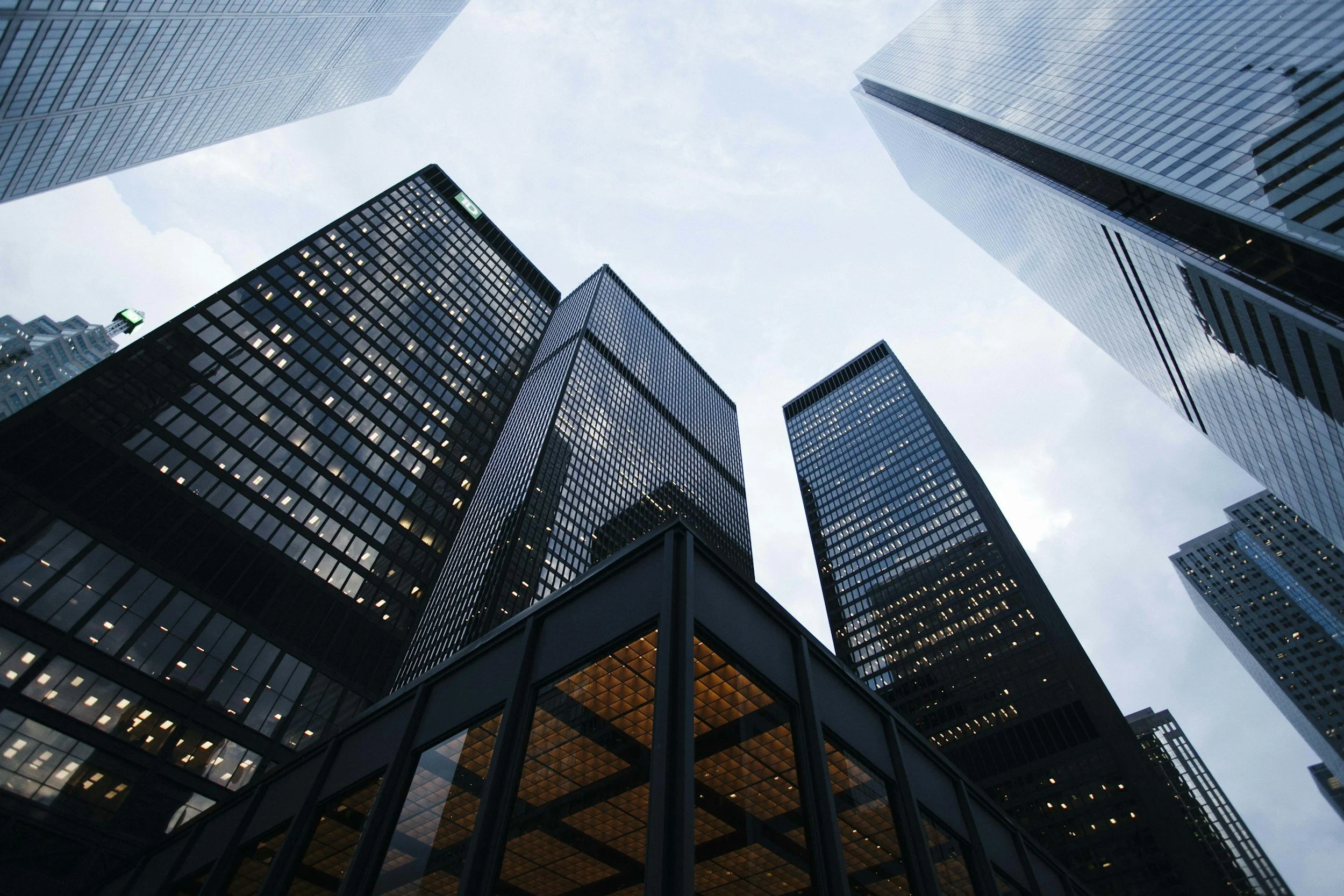Designs from Other Companies: What I Would Do Instead
As designers, we use apps and platforms every day that are functional, popular, and well-funded but still frustrating. I often find myself wondering, “What if this screen said less?” or “Why is this the default action?”
In this post, I’m sharing a few examples of design decisions from well-known companies that I think could be rethought. Not to tear them down, but to imagine what could be better, and spark the kinds of questions I ask when designing anything.
Pinterest’s Save Flow Pinterest is visually rich, but saving Pins can feel like an extra step too many. When you tap “Save,” you're prompted to choose or create a board, even if you only have one.
What I’d do instead: If a user has a single board or always uses the same one, save to it by default and allow a quick undo or change. It reduces friction and makes the “save” action feel more like a quick gesture than a mini-decision.
LinkedIn’s “Add Connection” Flow
LinkedIn is one of those platforms where the small friction points add up. One example: when you hit “Connect,” the default action is to send a request without a message. Adding a note takes a separate tap.
What I’d do instead: Flip it. When a user hits “Connect,” prompt them to add a short message by default. This creates more thoughtful interactions and reduces cold requests. The modal could offer smart suggestions or even autofill based on shared interests.
Airbnb’s Filter Drawer
Airbnb’s filter system has gotten heavier over time, especially on mobile. You start selecting dates, then people, then filters like “entire place,” “pet friendly,” or “under $200/night,” and suddenly you’re buried in menus.
What I’d do instead: Break up the filter journey into a progressive flow. Let the user complete each step one at a time (dates → guests → key filters), and use preview summaries to reduce cognitive load. On mobile, this could feel more like a guided assistant than a stacked drawer.
Why I Do This
These companies are smart. Their products work. But even the best tools have room to grow. I like asking, “What’s the user feeling in this moment?” and “What’s getting in their way?”
Designing better isn’t always about building new things, it’s also about noticing the small patterns that could make everyday interactions feel easier, calmer, or more intentional.
Whether I’m designing my own projects or analyzing others’, I’m always chasing that feeling of: “Ah, this just makes sense.”

